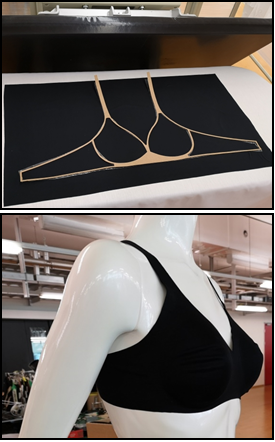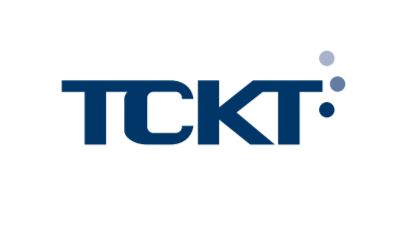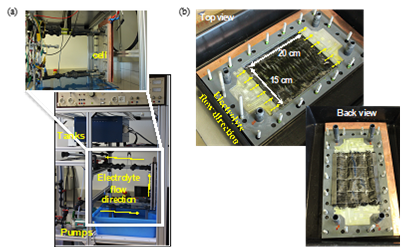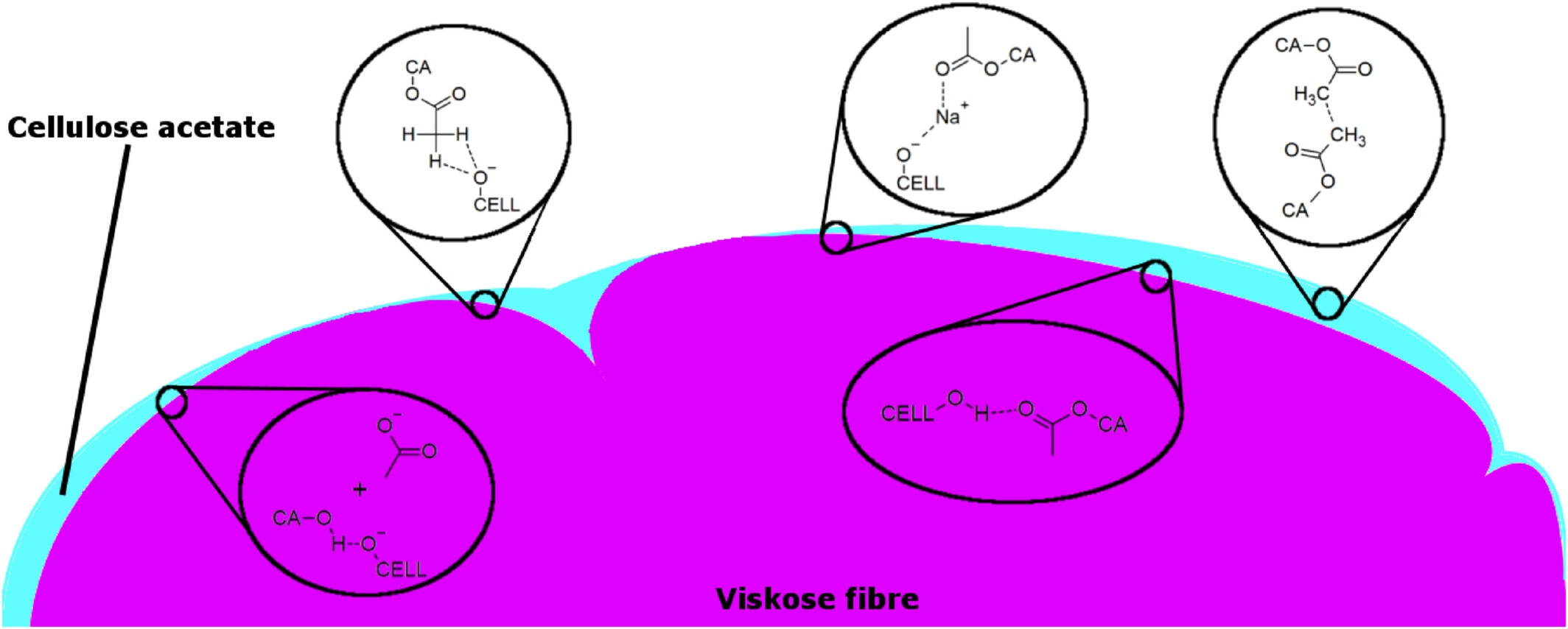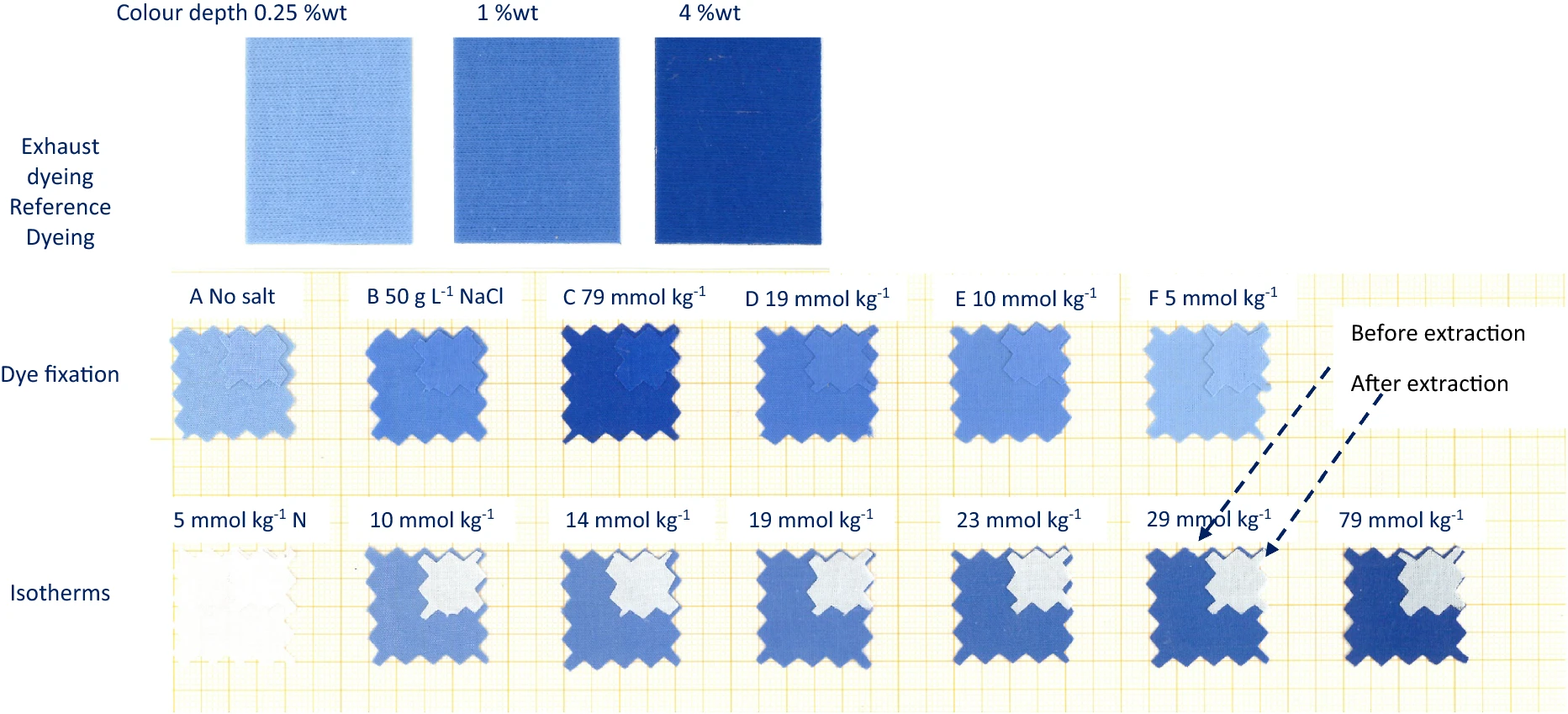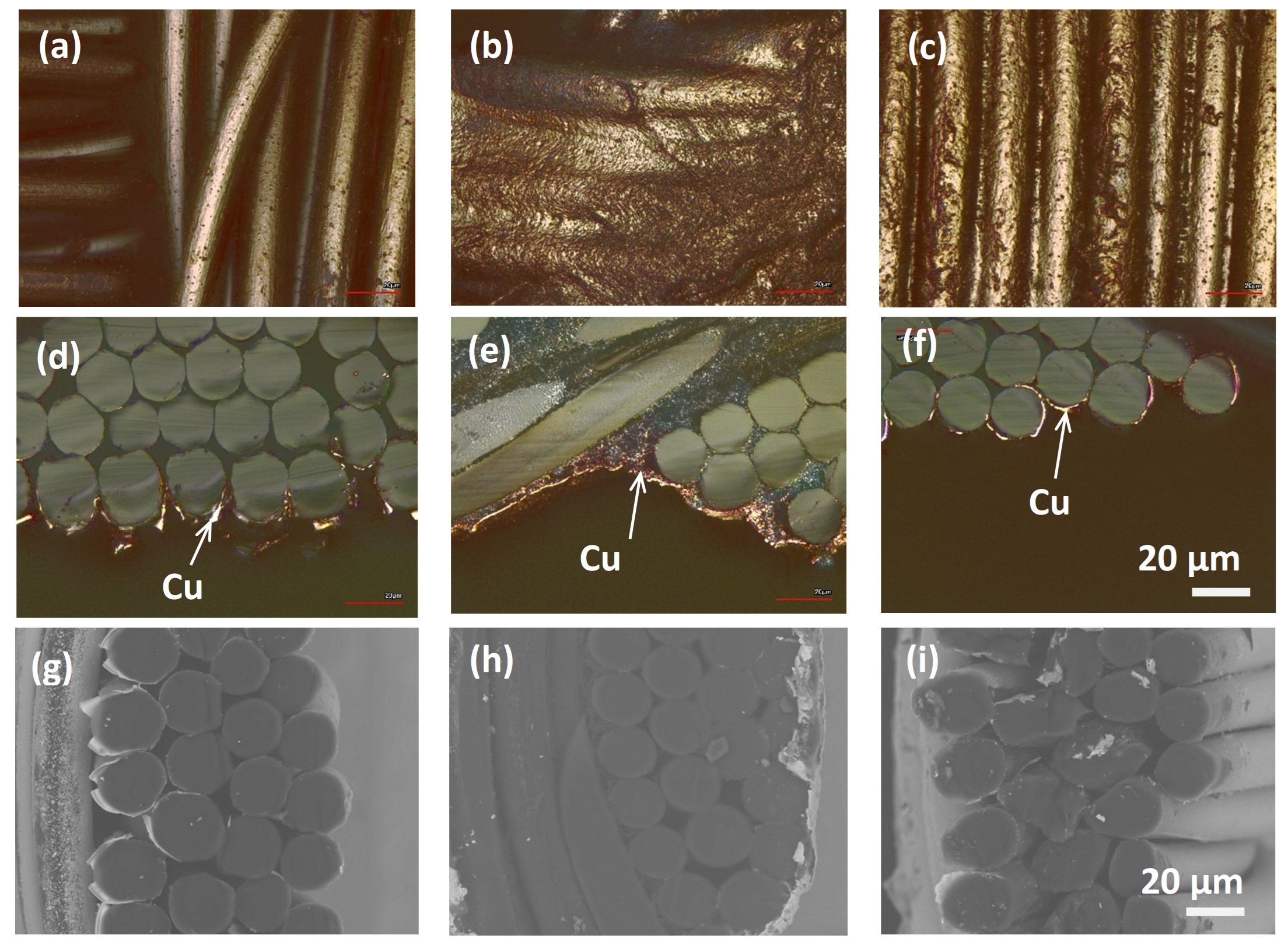By applying biological degradable materials, the production of textiles will be more sustainable in the future.
The textile industry has fallen into environmental disrepute, due to their extensive consumption of natural resources and the lack of a sustainable waste concept for short-lived fashion. Also society shows a greater awareness regarding environmental pollution and customers require products, which were produced in a more thoughtful way.
The approaches of the circular economy give us important concepts, which help to implement a consistent way for the production of goods throughout the whole industry. Here the Cradle to Cradle (C2C) concept is an officially recognized tool to evaluate products regarding their material health, recycling options, use of regenerative resources and social justice. Currently there are already several fibers and yarns on the market, which fulfill the strict requirements for producing more sustainable textiles according to the C2C standards. However, for clothes production also elastomers, such as rubber or silicon, are required. These materials are especially important for underwear manufacturing but fail to comply to the strict terms of the C2C standards. For this reason, the aim of this COMET-project is to find more sustainable alternatives to silicon, which can be applied in the process of underwear production and which have the potential to obtain the C2C gold standard. Here it is important that the chosen material is non-toxic, offers new recycling options or is biodegradable.
After an intense market research several thermoplastic materials were chosen as silicon replacement and investigated in detail. Flat film extrusion tests were carried out and the produced films were investigated mechanically and physically. Also a preliminary study on the polymer’s degradability was carried out. For further production trials, laser cutting tests and base material adhesion tests were conducted. The results obtained by theses tests were all very positive and a fully degradable model bra could be manufactured (see picture).
Impact and effects
In the further progress of the project, contact between the material producer and the EPEA institute was established. The EPEA institute certifies products according to the C2C standards and supports producers to introduce the circular economy into their business. After detailed investigations, the newly used elastomer was granted the C2C gold standard by the EPEA institute. A big success for the COMET-project and the future production of sustainable underwear. In this connection, Wolford has highly ambitious aims and wants to make a significant contribution in the realization of the circular textile economy. Driven by this ambition, Wolford aims to generate at least 50% of its turnover by selling C2C certified products by 2025. Regarding the information gained in this project, this goal seems to be more than achievable.
Copyright Wolford. Cut and first model of sustainable bra.
Multifirm project 3-020 Layer and membrane function through coating and deposition
Project partner
The COMET-Project TCCV Project no. 860474 is funded within the context of COMET – Competence Centers for Excellent Technologies by the Austrian Ministry for Transport, Innovation and Technology (BMVIT), the Federal Ministry for Digital and Economic Affairs (BMWFW), and the federal states of Vienna, Tyrol and Vorarlberg. The programme is conducted by the Austrian Research Promotion Agency (FFG).





